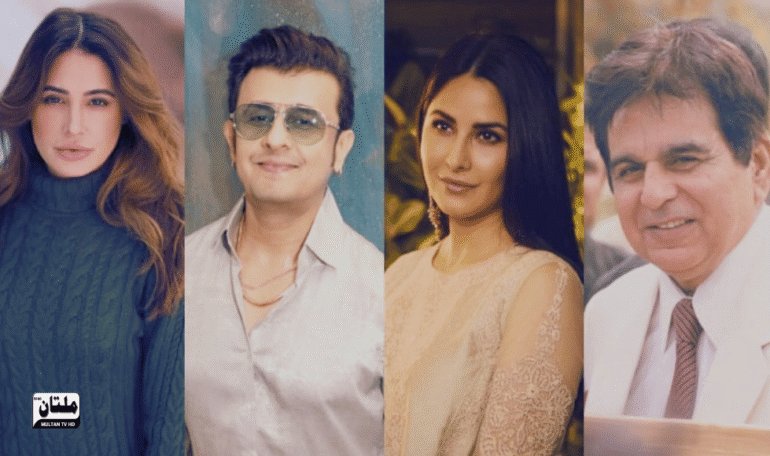Recent criticism from an Indian journalist called Pakistan’s cultural exchange “a one-way street,” saying Pakistan only borrows from India’s entertainment and arts. But Pakistan’s strong cultural achievements tell a different story.
Pakistani music, films, and TV shows have long moved across borders with ease. Singers like Atif Aslam and Ali Zafar are loved in India and internationally. Their songs top both Pakistani and Indian music charts. Pakistani bands and artists often perform in music festivals around the world, showcasing original creativity—not imitation.
In movies, Pakistan is producing award-winning films with unique stories. “Joyland” and “Zindagi Tamasha” earned global praise by winning awards at international film festivals. These films highlight local themes and bold storytelling that resonate far beyond South Asia.
Pakistan’s television dramas also attract global viewers. Shows such as “Humsafar” became hugely popular in India and among the South Asian diaspora. Their universal themes of love, conflict, and family unity speak to audiences everywhere. These dramas are not merely adaptations of Indian programs—they are original in character and script.
Visual arts and literature are further proof. Pakistani authors like Mohsin Hamid and Kamila Shamsie hold international acclaim, and local painters often find places in world art exhibitions—all reflecting Pakistan’s rich cultural identity and innovation.
This strong record shows that Pakistan is far from a passive cultural follower. Instead, it vibrantly contributes to global arts, music, and storytelling—on its own terms. The idea of a “one-way street” fails to recognise this meaningful, two-sided exchange.



